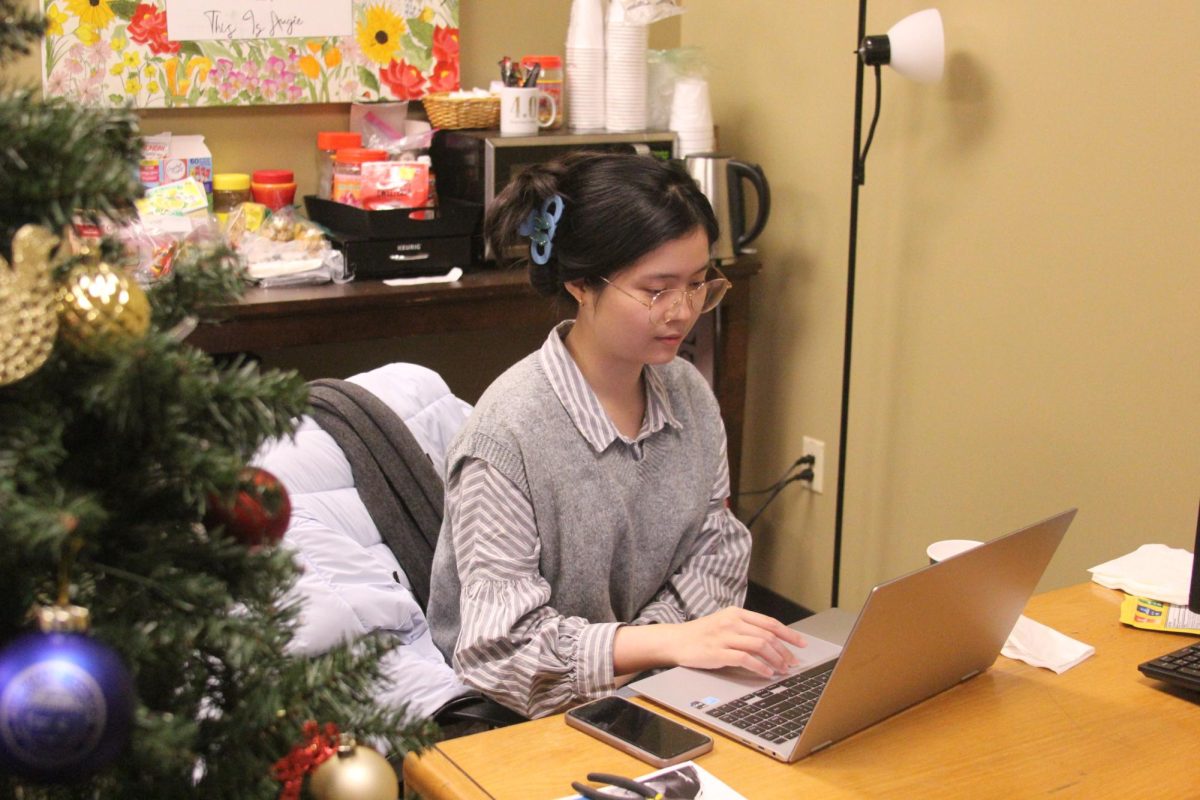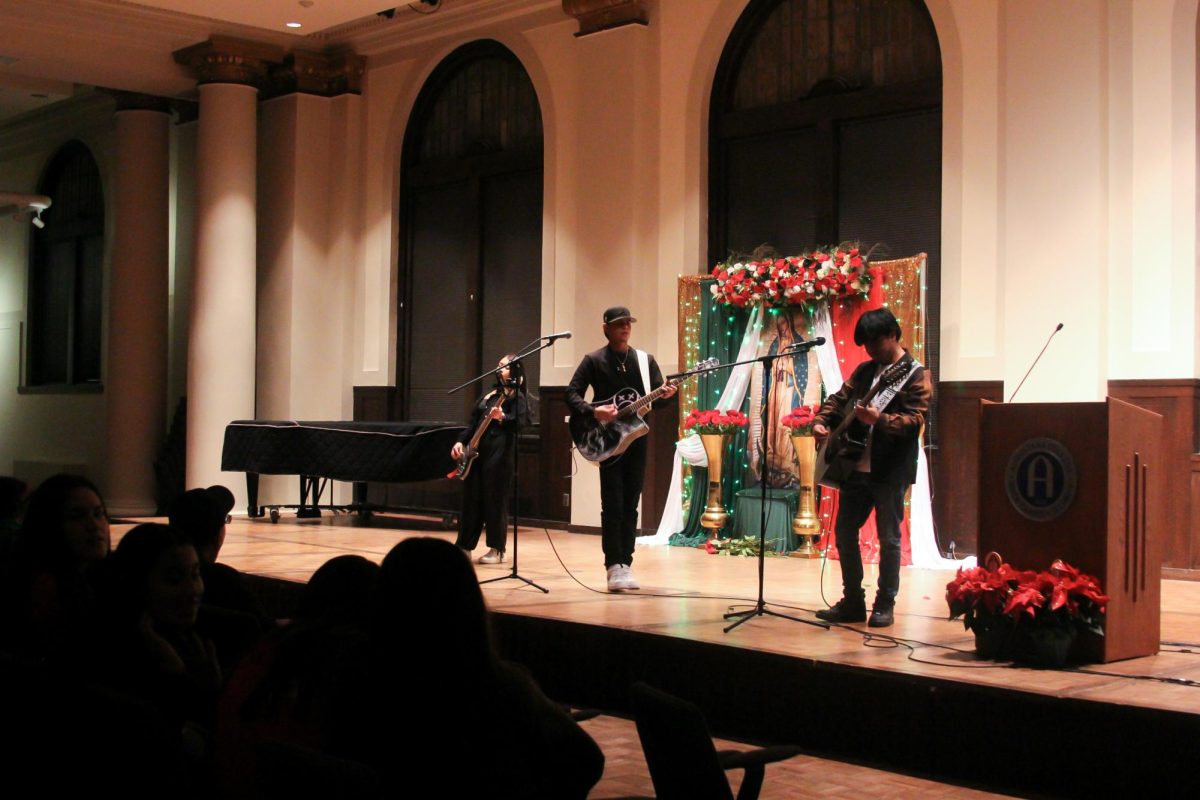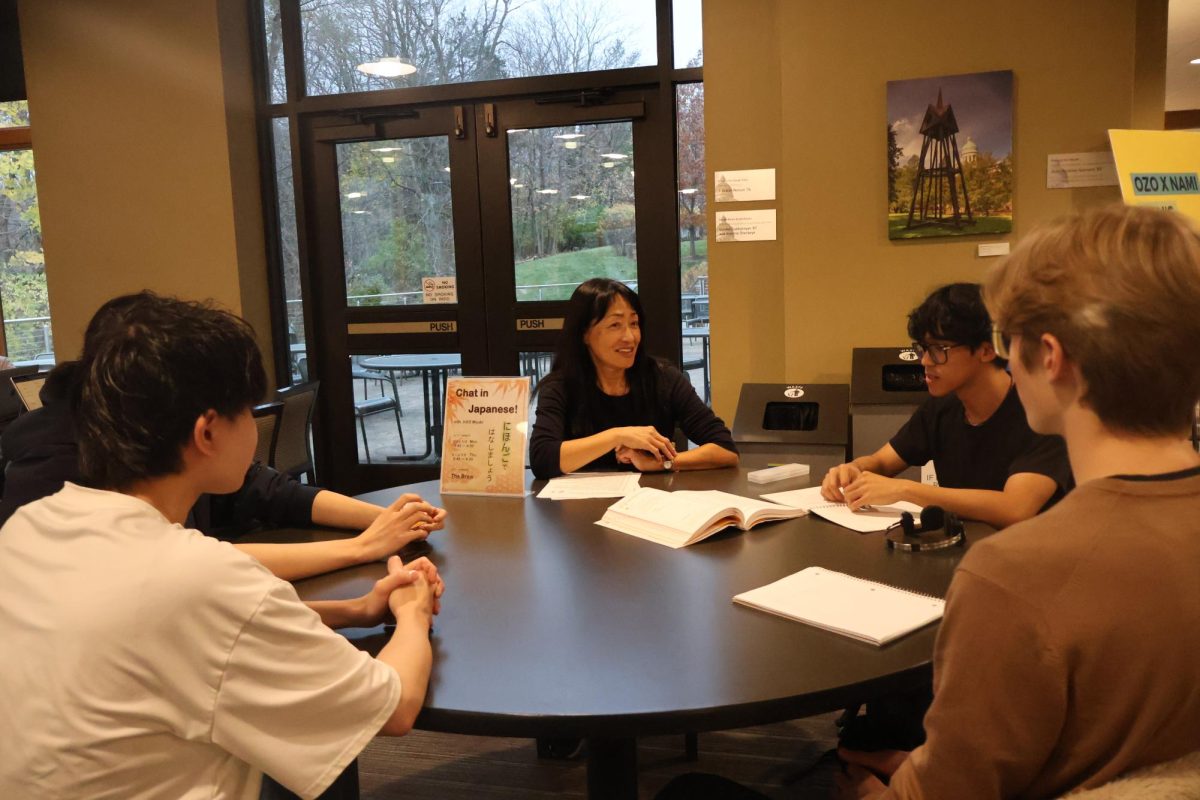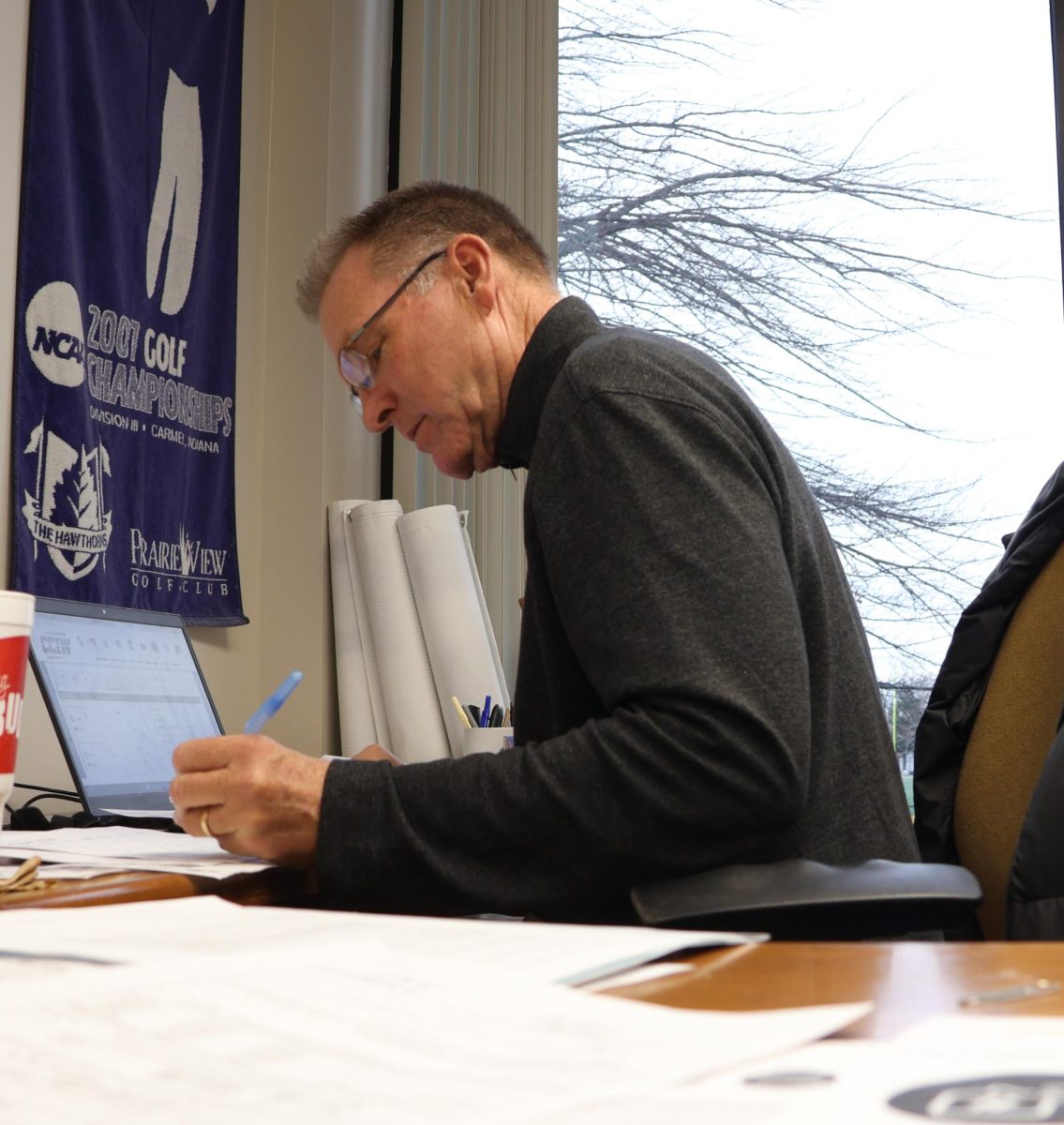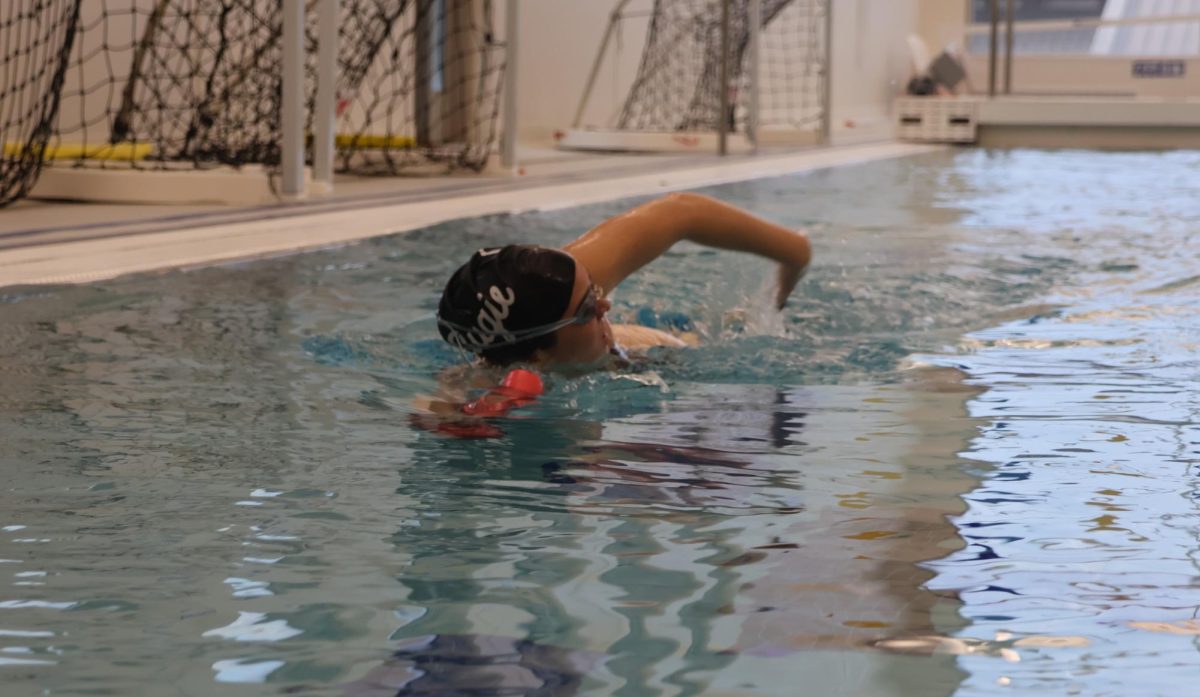Augustana’s current tuition fee (including housing and meal plan) sits at a staggering $54,500 a year according to Augie’s website, not to mention the annual tuition increase as well as other academic expenses. Although Augustana offers scholarship money like most colleges do, half of the current sticker-price tuition price adds up to more than $100,000 over the course of four years. Our institutions are not preparing students for the level of success they promise upon graduation if they receive tens of thousands of dollars in debt with their degrees.
Of course tuition dollars rise with inflation, but the problem is that students cannot make money as quickly today as they could even 20 years ago. For example, Augustana’s tuition was $17,287 in 1999 with minimum wage at $5.15, according to The Chronicle of Higher Education. Since tuition covers 34 credit hours, this means students were paying $508 per credit, and they would have to work around 98 hours to pay for one credit hour.
Today, Augustana’s tuition minus standard housing and meals is $43,610, and the minimum wage is $8.25. Students now are paying over $1,282 per credit and have to work nearly 155 hours to pay for a single credit hour.
Personally, I worked a full-time job this summer making a little above minimum wage, and I still didn’t even make enough money to pay for a basic 4 credit class.
Although Augustana students are subjected to an increase in tuition every year, executive vice president of external relations, Kent Barnds, ensured, “When we are looking at what our potential cost is for the following year, we are looking at what it costs to deliver an excellent experience for our students.”
Augustana works hard to make education an affordable investment for all students. According to Augustana’s class of 2019 profile, 26 percent of Augustana students receive the Pell Grant. The Pell Grant is a subsidy for college, enrollment is much easier for lower income households.
Education is expensive. Barnds explained, “Even if we received all of the tuition dollars from every student, we wouldn’t be able to cover the full cost of education.”
Due to the exponential rise in college tuition over the past few decades, Forbes reported that America now has over 1.5 trillion dollars in student loan debt.
While this high price tag may not be concerning to those who can afford it, the majority of students belong to the middle class or below. Graduates from middle class families most often find themselves a part of the lower class upon graduation. Meanwhile, most lower class individuals bypass a college degree altogether because the price is impossible to manage.
The phenomenon not only reinforces a classist cycle that advantages those who are already advantaged, but it also perpetuates a false narrative equating money with intelligence and success.
College is no longer about creating equal opportunity – it’s about increasing opportunity for people with the biggest bank accounts. There is too much of an emphasis placed on sending students to college and not enough on their prospects after graduation. A college degree is necessary in today’s age to afford the price of life, but virtually no one can afford the degree.
Augustana needs money to operate and to provide a high standard of education, but students are not being compensated at the rate necessary to keep up.
Until our government reevaluates the price on education, our schools are only going to keep contributing to the 1.5 trillion dollar deficit, and inhibit student success.

